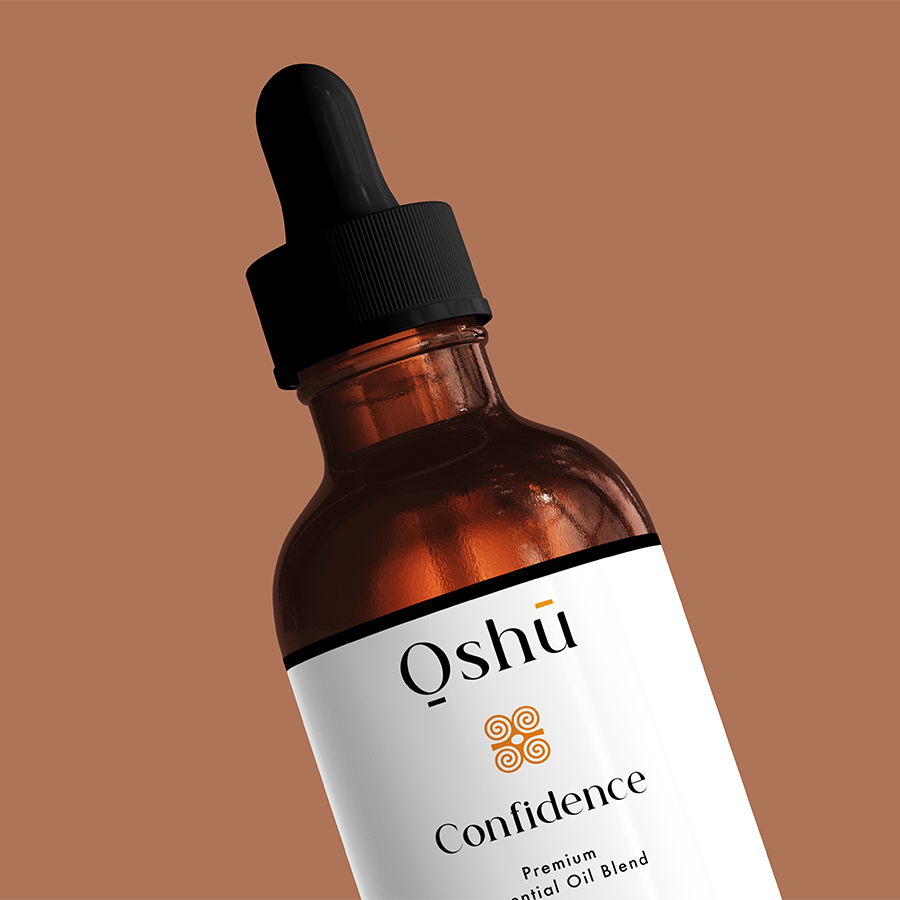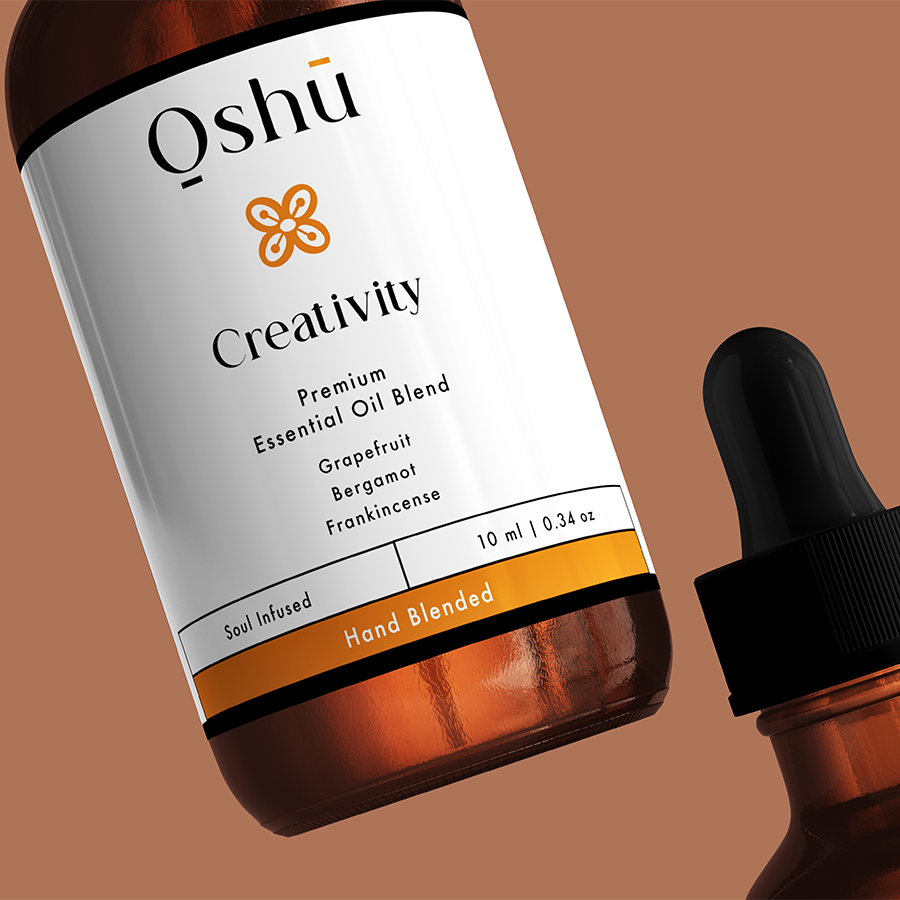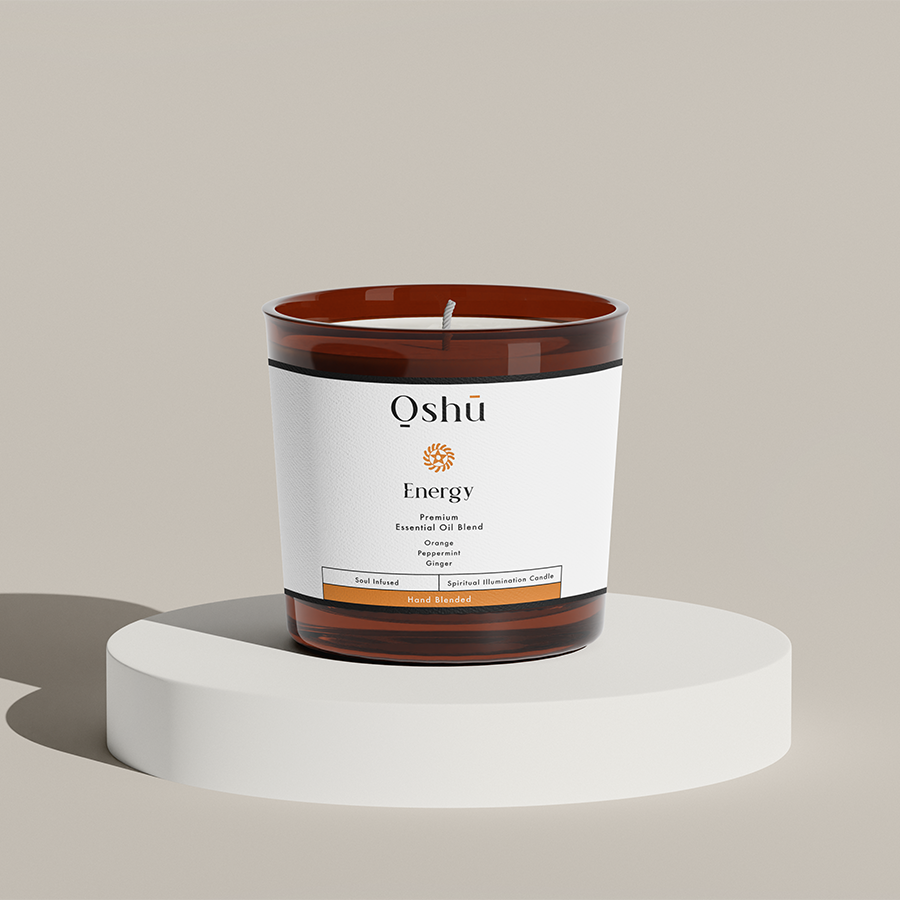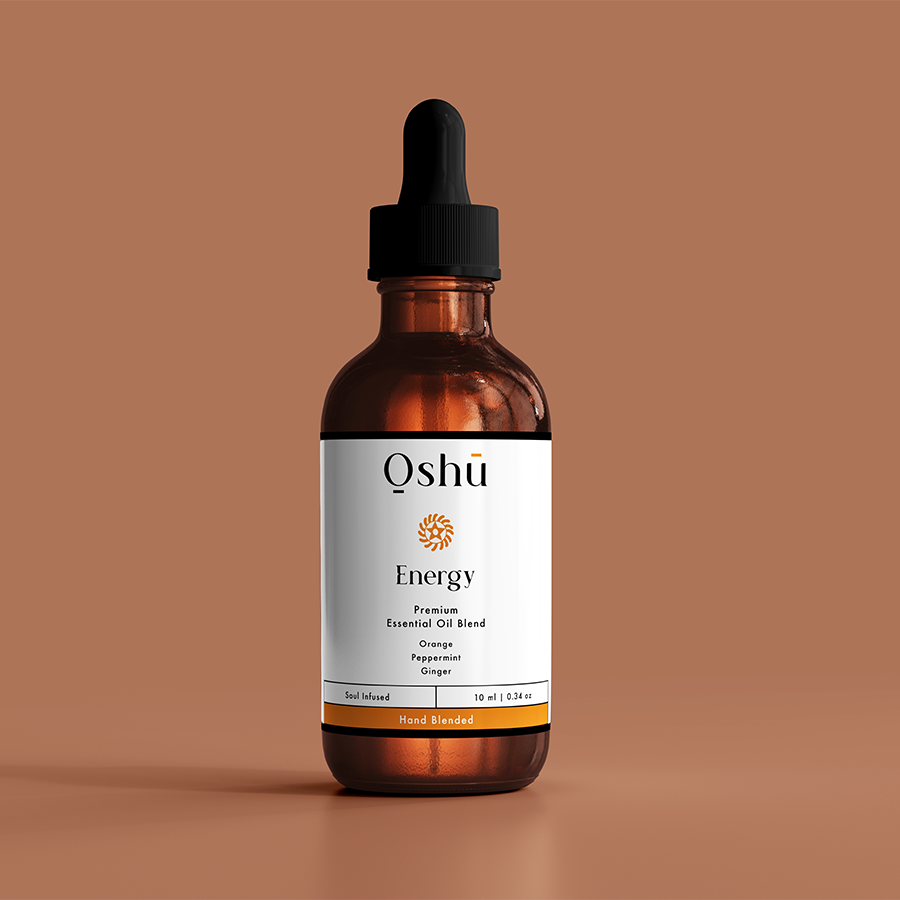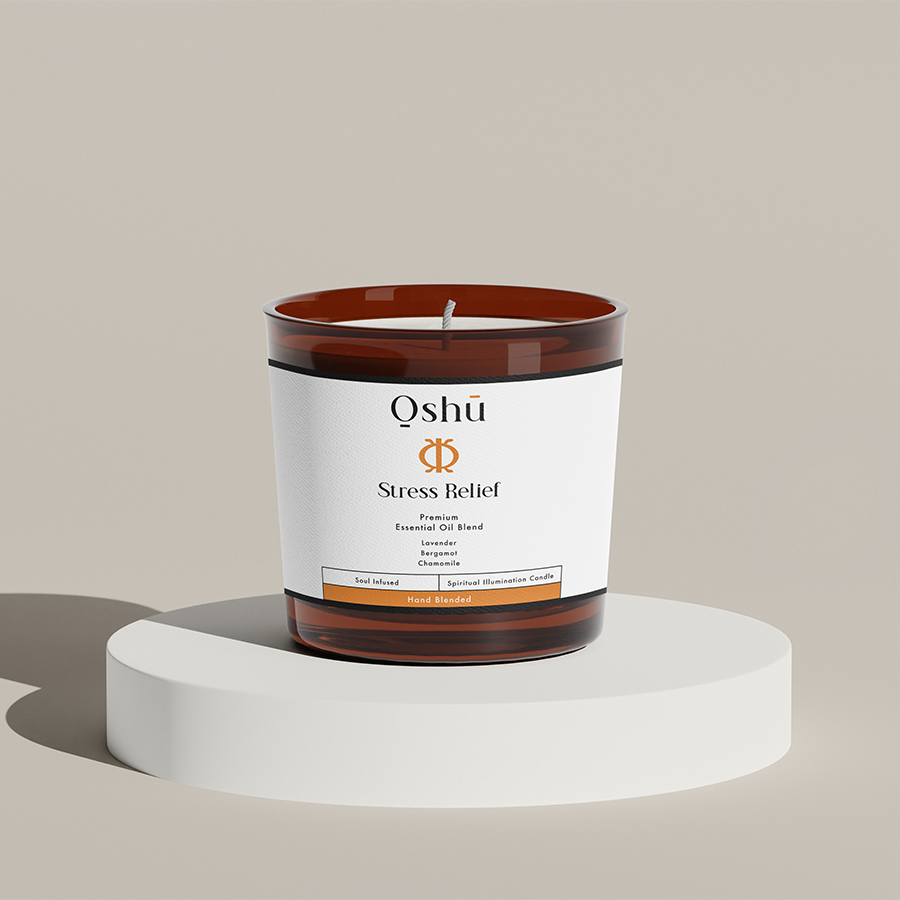Growing pains are a common phenomenon experienced by children, typically between the ages of 3 and 12. They are characterized by recurrent episodes of pain, usually in the legs, which can be severe enough to disrupt daily activities and sleep patterns. The pain is often described as aching, throbbing, or cramping, and can be accompanied by symptoms such as fatigue, irritability, and mood swings.
Table of Contents
Causes of Growing Pains
The exact cause of growing pains is still unknown, but several theories have been proposed. Some possible explanations include:
– Muscle fatigue and strain: As children grow, their muscles, bones, and tendons are constantly adapting to new lengths and strengths. This can lead to muscle fatigue and strain, resulting in pain.
– Hormonal changes: Hormonal fluctuations during growth spurts may contribute to growing pains.
– Nutritional deficiencies: Inadequate intake of essential nutrients like vitamin D, calcium, and magnesium may contribute to muscle cramps and pain.
– Overuse or injury: Repetitive strain or injury to the muscles and joints can cause pain and discomfort.
Conventional Treatments for Growing Pains
While growing pains are generally not a cause for concern, they can be uncomfortable and distressing for children. Conventional treatments often focus on relieving symptoms and promoting comfort. These may include:
– Pain relief medications: Over-the-counter pain medications like acetaminophen or ibuprofen may be recommended to alleviate pain and discomfort.
– Stretching and massage: Gentle stretching and massage can help relax tight muscles and promote circulation.
– Heat or cold therapy: Applying heat or cold packs to the affected area may help reduce pain and discomfort.
– Rest and relaxation: Encouraging children to rest and engage in relaxing activities can help reduce stress and promote comfort.
Essential Oils for Growing Pains
Essential oils can be a valuable addition to conventional treatments for growing pains. Certain oils have natural analgesic, anti-inflammatory, and relaxing properties that can help alleviate pain, reduce inflammation, and promote relaxation. Some of the most effective essential oils for growing pains include:
– Lavender oil: Known for its calming and relaxing properties, lavender oil can help reduce anxiety and promote restful sleep.
– Peppermint oil: Peppermint oil’s cooling properties can help reduce pain and inflammation, while its invigorating scent can help increase energy and focus.
– Eucalyptus oil: Eucalyptus oil’s anti-inflammatory properties can help reduce swelling and pain, while its decongestant properties can help relieve respiratory issues.
– Frankincense oil: Frankincense oil’s anti-inflammatory and analgesic properties can help reduce pain and inflammation, while its grounding scent can help promote relaxation and calmness.
– Geranium oil: Geranium oil’s balancing properties can help regulate hormonal fluctuations, while its calming scent can help reduce anxiety and promote relaxation.
Using Essential Oils for Growing Pains
Essential oils can be used in a variety of ways to alleviate growing pains. Some popular methods include:
– Topical application: Dilute essential oils in a carrier oil (like coconut or jojoba oil) and apply to the affected area using gentle massage strokes.
– Inhalation: Add a few drops of essential oil to a diffuser or inhale directly from a cloth or handkerchief.
– Bath soaks: Add essential oils to a warm bath to promote relaxation and reduce muscle tension.
– Massage oil blends: Create a custom massage oil blend using essential oils and carrier oils to target specific areas of pain and discomfort.
Blends and Recipes for Growing Pains
Here are some simple blends and recipes you can try to alleviate growing pains:
– “Pain-Relieving Blend”: Mix 2 tablespoons of coconut oil with 5 drops of lavender oil, 5 drops of peppermint oil, and 5 drops of eucalyptus oil. Apply topically to the affected area.
– “Relaxation Bath Soak”: Add 10 drops of lavender oil, 10 drops of geranium oil, and 1 tablespoon of Epsom salt to a warm bath. Soak for 15-20 minutes to promote relaxation and reduce muscle tension.
– “Muscle Rub”: Mix 2 tablespoons of coconut oil with 10 drops of frankincense oil, 10 drops of peppermint oil, and 5 drops of eucalyptus oil. Apply topically to the affected area using gentle massage strokes.
Safety Precautions and Contraindications
While essential oils can be a valuable addition to growing pain management, it’s essential to use them safely and responsibly. Some important safety precautions and contraindications to keep in mind include:
– Always dilute essential oils in a carrier oil before applying topically, especially for children.
– Avoid using essential oils on open wounds or sensitive skin.
– Consult with a healthcare professional before using essential oils, especially if your child has a pre-existing medical condition or is taking medication.
– Keep essential oils out of reach of children and pets to avoid accidental ingestion or exposure.
Growing pains can be a challenging and uncomfortable experience for children. While conventional treatments can provide relief, essential oils can offer a natural and holistic approach to alleviating pain, reducing inflammation, and promoting relaxation. By understanding the causes of growing pains, exploring conventional treatments, and incorporating essential oils into your child’s care routine, you can help them feel more comfortable and confident as they navigate this important stage of growth and development.
Frequently Asked Questions
What are growing pains and how do they affect children?
Growing pains are a common condition characterized by recurring pain, usually in the legs, that affects children, especially during periods of rapid growth. The pain can be intense and can disrupt daily activities, causing distress and discomfort for children. While the exact cause of growing pains is unknown, they are thought to be related to muscle fatigue, joint strain, and rapid bone growth.
How common are growing pains in children?
Growing pains are a relatively common condition, affecting up to 40% of children between the ages of 3 and 12. They are more common in children who are overweight, have flat feet, or have a family history of growing pains.
What are the symptoms of growing pains?
The symptoms of growing pains typically include pain in the legs, usually in the calves, thighs, or behind the knees. The pain can be intense, aching, or cramping, and may be accompanied by stiffness, soreness, or fatigue. Growing pains often occur at night, waking children from sleep, and can be exacerbated by physical activity.
Can essential oils help with growing pains?
Yes, essential oils can be a natural and effective way to help alleviate growing pains in children. Certain essential oils, such as peppermint, eucalyptus, and wintergreen, have anti-inflammatory and analgesic properties that can help reduce pain and discomfort. Additionally, essential oils like lavender and chamomile can promote relaxation and reduce anxiety, which can contribute to growing pains.
What are the best essential oils for growing pains?
Some of the best essential oils for growing pains include peppermint, eucalyptus, wintergreen, lavender, and chamomile. These oils can be used individually or in blends to provide relief from pain, inflammation, and discomfort.
How do I use essential oils for growing pains?
There are several ways to use essential oils for growing pains, including topical application, inhalation, and diffusion. Topical application involves diluting the essential oil in a carrier oil and applying it to the affected area. Inhalation involves inhaling the vapor of the essential oil directly from the bottle or through a handkerchief. Diffusion involves releasing the essential oil into the air using a diffuser, allowing the child to breathe in the vapors.
Can I use essential oils on my child’s skin?
Yes, essential oils can be used on a child’s skin, but it’s important to dilute them in a carrier oil and perform a patch test before applying them to the affected area. This is because essential oils can be highly concentrated and may cause skin irritation or allergic reactions if used undiluted.
What is a carrier oil and why do I need it?
A carrier oil is a vegetable oil that is used to dilute essential oils for topical application. Carrier oils, such as coconut oil or jojoba oil, help to reduce the concentration of the essential oil and prevent skin irritation or allergic reactions. They also help to moisturize and nourish the skin.
How do I dilute essential oils for topical application?
To dilute essential oils for topical application, mix 1-2% essential oil with 98-99% carrier oil. For example, add 5-10 drops of essential oil to 1 teaspoon of carrier oil. This dilution ratio can be adjusted based on the child’s age, skin sensitivity, and the specific essential oil being used.
Can I use essential oils on children under 3 years old?
It’s generally recommended to avoid using essential oils on children under 3 years old, as their skin is more sensitive and may be more prone to irritation or allergic reactions. However, some gentle essential oils like lavender and chamomile may be used in small amounts and with caution, under the guidance of a healthcare professional.
Are essential oils safe for children with certain health conditions?
Essential oils may not be suitable for children with certain health conditions, such as epilepsy, asthma, or allergies. It’s important to consult with a healthcare professional before using essential oils on a child with a pre-existing health condition.
Can I use essential oils in place of medical treatment?
No, essential oils should not be used in place of medical treatment for growing pains. While essential oils can provide relief from pain and discomfort, they should be used in conjunction with medical treatment and under the guidance of a healthcare professional.
How long does it take for essential oils to provide relief from growing pains?
The time it takes for essential oils to provide relief from growing pains can vary depending on the individual child and the specific essential oil being used. Some children may experience relief within minutes, while others may take longer. It’s important to be patient and consistent when using essential oils for growing pains.
Can I use essential oils in combination with other natural remedies?
Yes, essential oils can be used in combination with other natural remedies, such as massage, heat or cold therapy, and stretching exercises, to provide additional relief from growing pains.
How do I store essential oils safely?
Essential oils should be stored in a cool, dark place, away from children and pets. They should be kept in their original bottles and tightly sealed to prevent oxidation and spoilage.
Can I use essential oils on open wounds or broken skin?
No, essential oils should not be used on open wounds or broken skin, as they can cause further irritation and delay healing. Instead, use essential oils on intact skin to promote relaxation and reduce pain.
Are essential oils regulated by the FDA?
No, essential oils are not regulated by the FDA, which means that the quality and purity of essential oils can vary depending on the manufacturer. It’s important to choose high-quality, pure essential oils from reputable manufacturers.
How do I choose a high-quality essential oil?
To choose a high-quality essential oil, look for products that are labeled as “pure” or “therapeutic grade,” and that provide information on the oil’s botanical name, country of origin, and method of extraction. Additionally, choose essential oils from reputable manufacturers that provide third-party testing and certification.
Can I use essential oils on children with sensitive skin?
Yes, essential oils can be used on children with sensitive skin, but it’s important to perform a patch test and start with small amounts to ensure that the child does not have an adverse reaction. Additionally, choose gentle essential oils like lavender and chamomile that are less likely to cause irritation.
How do I perform a patch test on my child?
To perform a patch test on your child, apply a small amount of the diluted essential oil to a discrete area of skin, such as the inside of the wrist or behind the ear. Wait 24 hours to observe for any signs of irritation, such as redness, itching, or swelling.
Can I use essential oils during pregnancy or breastfeeding?
It’s generally recommended to consult with a healthcare professional before using essential oils during pregnancy or breastfeeding, as some essential oils may not be suitable for use during these times.
How do I know if my child is experiencing a severe case of growing pains?
If your child is experiencing severe pain, swelling, redness, or fever, or if the pain is accompanied by other symptoms such as vomiting or dizziness, seek medical attention immediately. These symptoms may indicate a more serious underlying condition that requires medical attention.
Can I use essential oils in conjunction with over-the-counter pain relievers?
It’s generally recommended to consult with a healthcare professional before using essential oils in conjunction with over-the-counter pain relievers, as some essential oils may interact with medications or exacerbate certain health conditions.




